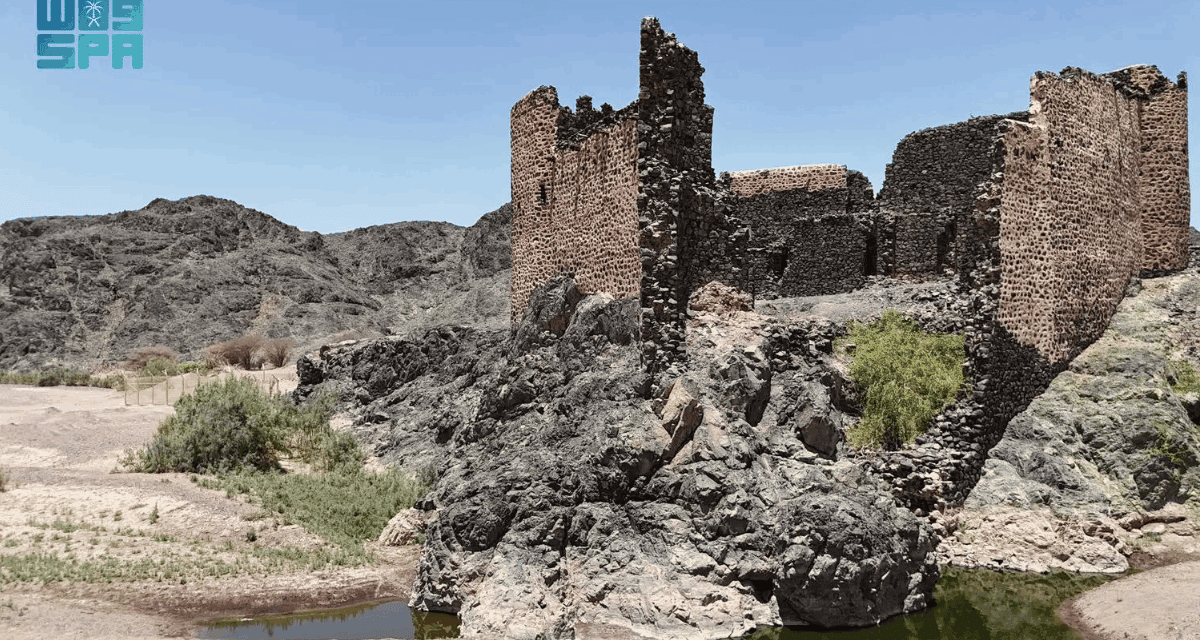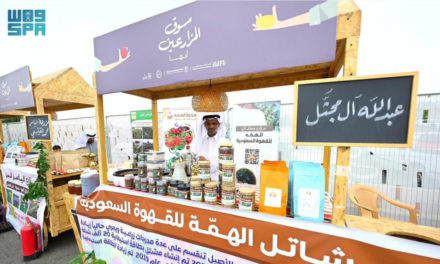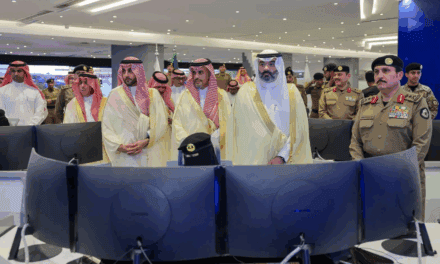Hadiyah Fortress: Historic Stop on the Syrian Hajj Route
AlUla, Saudi Arabia — Hadiyah Fortress stands on a hilltop between Wadi Al-Tabq and Wadi Khaybar, north of Madinah. This centuries-old site served as a vital stop for Hajj and trade caravans traveling from the Levant to Makkah. It reflects the deep historical ties between pilgrimage and infrastructure in the region.
A Strategic Pilgrimage Station
Hadiyah Fortress was a key stop on the Syrian Hajj route, likely used from the late Islamic period. It helped secure the route and offered water and supplies to pilgrims. As a result, it became one of the most critical junctions on the journey to Makkah. Its elevated location gave it a strategic advantage. At the same time, its view over a rainwater reservoir made it a valuable source of water.
The fortress includes four defensive towers. Three remain intact. However, the fourth has partially collapsed due to the passage of time and exposure. Notably, its design supported long-term protection and logistical aid for passing caravans.
Mentioned by Ibn Battuta
The 14th-century traveler Ibn Battuta referred to the site in his writings from 726 AH (1326 CE). He described a well where water could be found and noted that the holy city was reached on the third day. Therefore, this reference confirms the site’s long-standing role in supporting pilgrims close to Madinah.
From Historic Site to Railway Station
Dr. Fuad Al-Mughamsi, a historian of Islamic heritage, noted that Hadiyah lies 169 kilometers north of Madinah, between the city and AlUla. Its location made it an essential station for trade and pilgrimage routes. Moreover, the site’s elevation and access to water enhanced its logistical value.
In the early 20th century, the Hejaz Railway added Hadiyah as an official stop. Consequently, the fortress gained renewed significance as part of the Kingdom’s evolving transport network. This move strengthened its role as a hub for travelers on the historic route. Additionally, it connected the site to broader economic flows in the region.






